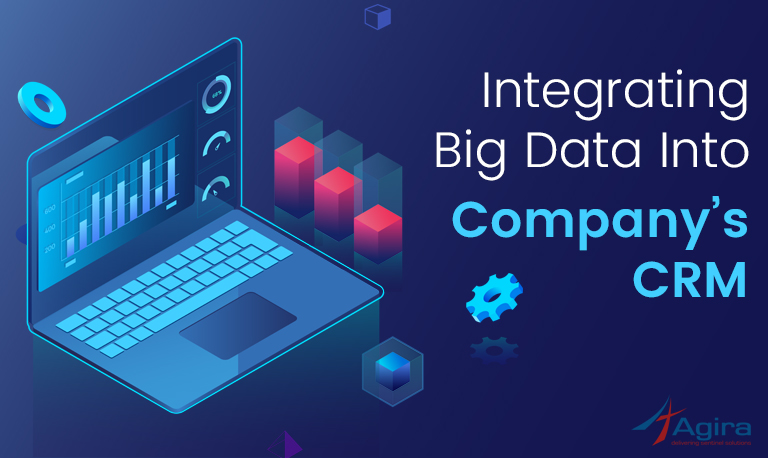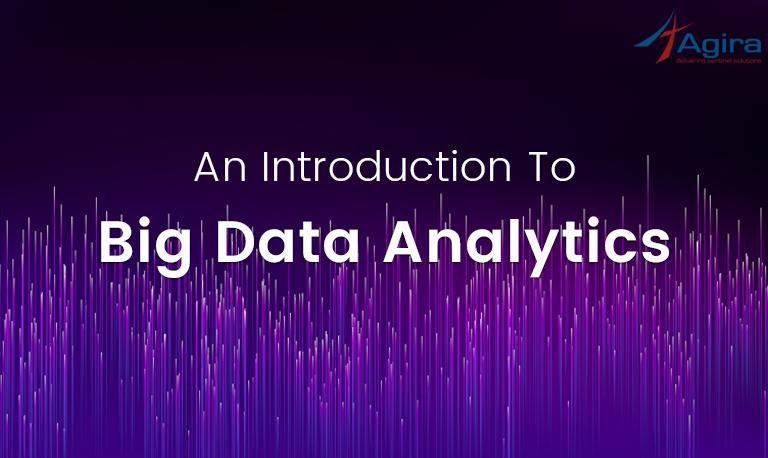Sources of Big Data
Before discovering how big data can work for your business, you should first understand where it comes from. This article will focus on the sources of Big Data.

The sources for big data generally fall into one of three categories :
Streaming data : In Connection-oriented communication, a data stream is a sequence of digitally encoded coherent signals used to transmit or receive information that is in the process of being transmitted.
This category includes data that reaches your IT systems from a web of connected devices.You can analyze this data as it arrives and make decisions on what data to keep, what not to keep and what requires further analysis.
Social media data : Social media data refers to the information created and managed by individual users and collected from public spaces, such as Social media networks, Social search, Long-form publishing platforms, Public multimedia content-sharing platforms.etc.,The data on social interactions is an increasingly attractive set of information, particularly for marketing, sales and support functions. It’s often in unstructured or semi structured forms, so it poses a unique challenge when it comes to consumption and analysis.
Publicly available sources : Publicly available sources are nothing but the sources which are commonly available through open sources.
Massive amounts of data are available from sources like the US government’s data.gov, the CIA World Factbook or the European Union Open Data Portal.
Top 10 Sources of Big Data :
There are ‘n’ numbers of data sources available but here is the top 10 which is prefer by industry experts,
Social network profiles
Social influencers
Activity-generated data
SaaS
Public
Hadoop MapReduce application results
Data warehouse appliances
Columnar/NoSQL data sources
Network and in-stream monitoring technologies
Legacy documents.
Conclusion:
This blog does not have the exhaustive list of sources which are available for Big Data. But I hope it will be a triggering point for you to start surfing through the internet so as to understand and identify the other available Big Data sources.
In our next blog, we will see how the big data is analyse, i.e., an introduction to big data analytics.
Thanks for your reading.






